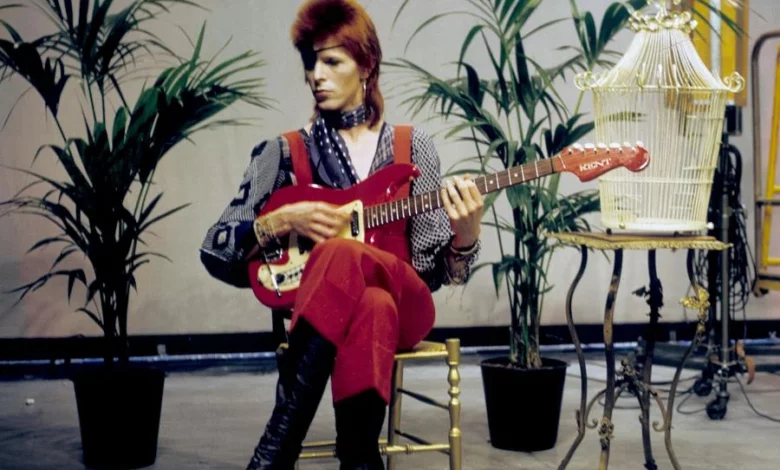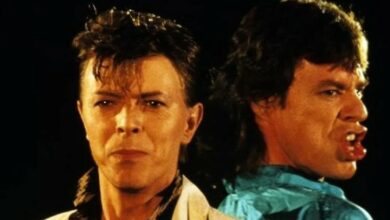The evolution of David Bowie song ‘Moonage Daydream’

David Bowie’s career reminds us of the value of taking things slow. It’s easy to envision the birth of Ziggy Stardust as some deific creation moment: a singularity throbbing with creative potential that, at some point, gave birth to a constellation. In truth, Bowie’s rise to the top was a gradual process, and thank God it was. Rome, as they say, wasn’t built in a day, and nor was Bowie’s era-defining vision.
His strength as an artist was the result of experimentation and exploration. Many will know that singer’s original ambition was to be a producer for West End musicals. He also dabbled in novelty recordings for a time. These versions of Bowie might seem inconsequential now, but there were all essential to the formulation of his breakthrough persona, Ziggy Stardust, whose 1972 single ‘Moonage Daydream’ is the perfect encapsulation of the musician’s intense creative drive.
‘Moonage Daydream’ was originally released under the name Arnold Corns, one of Bowie’s early side-projects during a dry spell in the Ziggy Stardust era. Formed in 1971 in Dulwich College, the group were named after the Pink Floyd track ‘Arnold Layne’. Around this time, Bowie started writing songs for Freddie Burretti, a 19-year-old fashion designer who he had met in The Sombrero gay bar and decided to give him a helping hand in starting a career. Bowie had the idea of combining Buretti and Albert Corns and started writing songs for the revived group, many of which would later find their way onto Hunky Dory.
Arnold Corn recorded the first version of ‘Moonage Daydream’ in April of 1971 and released it as a single the following May. Underpinned by pounding floor toms, shimmering acoustic guitar, and resonant honky tonk piano, the track tells the story of a messianic Martian who comes to earth to save the world from environmental and societal collapse. It had all the makings of a hit but failed to chart on release. Bowie knew that the track’s lack of success wasn’t down to the song itself but in his delivery of it. He felt sure that it could do well with a bit of reworking. So, rather than scrapping the track and starting again, he set about crafting a new arrangement with Mick Ronson for Ziggy Stardust and The Spiders from Mars.
Indeed, it’s the partnership between Bowie and Ronson that made ‘Moonage Daydream’ one of the standout tracks on Ziggy. Ronson’s sweeping string and woodwind arrangments bring an orchestral drama to what is, in essence, a traditional rock song, transforming the track into a mesmerising theatrical hybrid. Speaking to Performing Songwriter in 2003, Bowie confessed that the arrangments were in part inspired by ‘Sure Know a Lot About Love’ by The Hollywood Argyles: “It was a combination of the baritone sax and the piccolo on the solo which I thought, ‘Now there’s a great thing to put in a rock song’ (laughs). Which I nicked, then put in ‘Moonage Daydream’ later.”
Theft, collaboration, reinvention: it’s hard to think of a song that captures David Bowie as well as ‘Moonage Daydream’. If you haven’t already, you can revisit the 1971 track, alongside the original Arnold Corns version, below.





